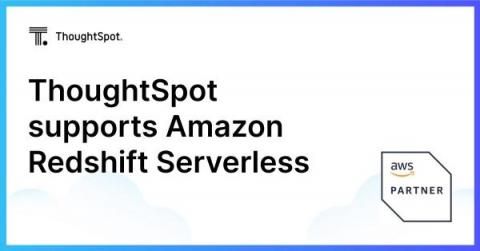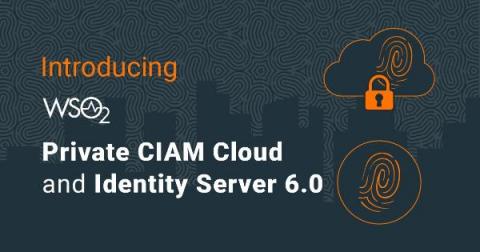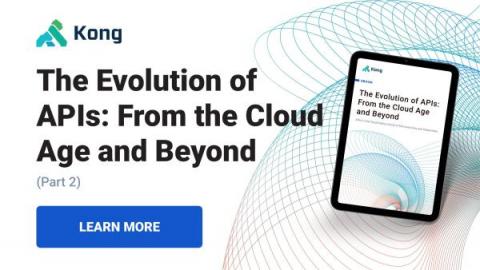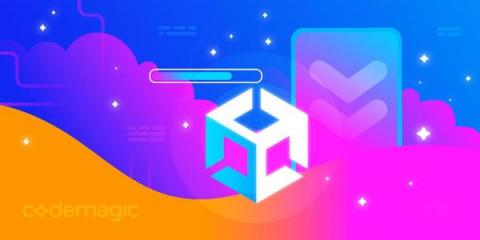How to Connect ThoughtSpot to Amazon Redshift Serverless
Many businesses rely on Amazon Redshift Serverless for their cloud data warehouse and ThoughtSpot to derive insights from the data stored within. For this blog, I’m going to show you how to create a connection between Amazon Redshift Serverless and ThoughtSpot. It’s easy to connect Redshift with ThoughtSpot whether you have it running as a cluster which you have provisioned, or serverless.











